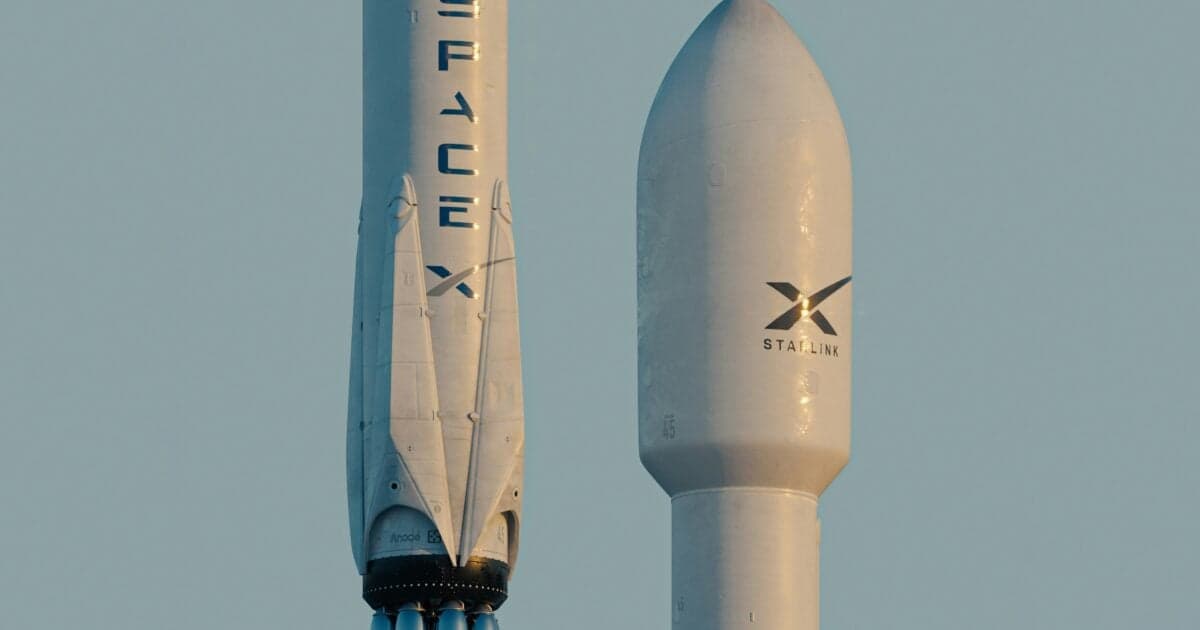Should You Buy NLR and Uranium Stocks as AI Powers the Nuclear Boom?


There's no other way to put it... Nuclear stocks have been on a tear so far in 2025.
Look no further than the VanEck Uranium and Nuclear Fund (NLR) for proof.
NLR holds a basket of stocks that benefit from increased adoption in nuclear energy. That includes utility companies, reactor construction firms, and even uranium miners.
The fund is up more than 40% this year, hitting the highest level since 2007. That handily beats the S&P 500 Index, which is up about 8.6%.
The rally has picked up steam over the past few months...
Since April, NLR has notched weekly gains in 14 of the past 16 weeks. Over that period, the fund has soared an incredible 80%.
With the sector surging and sitting at an almost-20-year high, should folks buy into this sector today? I'll answer that question below.
But before we get into the big winners and potential buying opportunities in the nuclear sector, we've got to dive into why this energy source is front and center in investors' minds today.
Why Investors Are Turning to Nuclear Energy Companies Right Now
The quick answer for soaring nuclear-related stocks is artificial intelligence ("AI"). AI data centers use incredible amounts of energy. In the U.S. alone, data centers accounted for 4.4% of total electricity usage in 2023.
But with the growth of AI, that share is going to grow significantly. The Lawrence Berkeley National Laboratory estimates that, by the end of 2028, data centers will account for 6.7% of total electricity demand – at the very least.
In their "bull" case, data centers will use as much as 12% of all electricity consumed in the U.S. So in just five years, AI will force data centers to grow their electricity usage by 50% (at the low end) or by 170% (at the high end).
Big tech companies have seen the writing on the wall. And they're investing heavily to secure power supplies for their data centers. Here are just a few of the investments...
- Microsoft (MSFT) locked in 20 years of power from Constellation Energy's (CEG) Three Mile Island nuclear plant.
- Alphabet (GOOGL) will pay to develop and construct several small, modular reactors to provide up to 500 megawatts of power.
- Amazon (AMZN) secured 1.9 gigawatts of nuclear power from Talen Energy (TLN).
- Meta Platforms (META) announced a 20-year partnership for 1.1 gigawatts ("GW") of nuclear power from Constellation Energy.
The government sees the writing on the wall, too. President Donald Trump has signed several executive orders looking to boost nuclear energy output in the U.S. But it's not just the federal government investing heavily in nuclear power to fuel data centers.
In June, New York Governor Kathy Hochul directed the New York Power Authority to identify a site in upstate New York to host a new nuclear plant capable of producing 1 gigawatt of electricity.
That's enough capacity to power about one million homes. But instead, the state is looking to power just one next-generation AI data center.
These announcements are just the start. We fully expect companies and states to continue to invest heavily in nuclear energy in the coming months and years.
You don't have to take my word for it.
Here's what Jensen Huang, CEO of Nvidia (NVDA) had to say about how essential energy supply will be going forward:
We can't create new industries without energy. You can't reshore manufacturing without energy. You can't sustain a brand-new industry like artificial intelligence without energy.
The Big Nuclear Stock Winners, So Far
Aside from the broader sector (as measured by NLR), we've covered a few of the big winners in nuclear energy in previous Stock Market Trends articles...
Constellation Energy (CEG) is one of the largest nuclear power utilities in the country. Nearly 90% of Constellation's generation comes from nuclear power. It's virtually a pure play on nuclear energy generation. And it serves an area that's seeing tons of AI data-center investment – the "PJM" grid, which runs in 13 states, including Pennsylvania, New Jersey, and Maryland.
Shares of CEG have nearly doubled over the past 12 months and are closing back in on their all-time high set in January.
Small modular reactor company Oklo (OKLO) is another big winner. Since Oklo went public in a SPAC merger in May 2024, the stock is up a staggering 780%. Oklo has signed several big deals, including one that provides a microreactor to the U.S. Air Force.
So, with nuclear stocks up big, are they still a good investment at these levels?
Should You Buy Nuclear Stocks Today?
For that answer, we turn to our proprietary Stansberry Score, which takes into account several factors to give us an idea if a stock is a good long-term investment.
Starting with Constellation Energy...
In our last update, Constellation Energy received an overall grade of C – and a score of 55 out of 100. Nothing has changed there...
Constellation Energy comes out with a respectable B grade on "Financial." But it gets dinged on "Capital Efficiency" and "Valuation." This isn't entirely surprising.
Because utilities are such a capital-intensive business (think about the cost of building and maintaining power plants), Constellation gets a D rating for capital efficiency.
And since the stock has run up so much, it's now trading at a lofty valuation. CEG now trades at 34 times current earnings. Meanwhile, the broader S&P 500 utilities sector trades at around 21 times earnings. So, Constellation gets a C rating for valuation, too.
As for Oklo, the company is too new to generate a full grade in the Stansberry Score. Since it has only been public for about a year and is still in the early stages of securing deals – it has no revenue (yet). And so, we can't give it a grade just yet.
The stock has run up even more than Constellation and NLR and has been one of the favorites among "retail" investors in recent months. So, I'm cautious about buying shares here at this level.
Remember, as a small modular reactor company, it's still early for Oklo's technology. To date, Oklo has precisely zero SMRs in operation, hence the company produces zero revenue. And yet, with a $11 billion market capitalization, the stock trades as if it were a more mature business.
But long term, the potential is there for folks to buy in on a pullback, if they can withstand the volatility of a company this early in its formation.
For broad-based exposure to nuclear, the VanEck Uranium and Nuclear Fund (NLR) is still a solid choice for investors today.
Even with its strong 2025 performance thanks to AI energy demand, the fund only trades at a price-to-earnings ratio of about 20 times. That's below the broader market's valuation of 27 times, as measured by the SPDR S&P 500 Fund (SPY).
And NLR offers exposure to several parts of the nuclear energy trend – from utilities to uranium miners and the companies building the reactors. So, if you're looking to buy into the nuclear sector today, NLR is a good one to keep on your shortlist.
And, for investors who are a little more adventurous, there's one more nuclear story you should be aware of...
A New Nuclear Technology Is Set to Take Off
Right now, nuclear "fission" is the standard for nuclear power. Fission splits heavy atoms like uranium to release energy. And that's what a lot of the deals above involve.
But a new nuclear technology – that's the exact opposite of fission – is starting to take shape. I'm talking about nuclear fusion.
As a quick refresher, fusion involves fusing two light atoms (like hydrogen) into a heavier one, which releases a tremendous amount of energy. Put more simply, it's the power of the sun.
Google has already signed a landmark deal with Commonwealth Fusion Systems to buy half of all the power generated at Commonwealth's first fusion facility, once it comes online in the early 2030s.
Google isn't the only one interested in nuclear fusion. After all, this emerging technology could provide far more energy than traditional nuclear power. And that makes it a huge investment opportunity as the power demand for AI takes off in the coming years.
Our colleague and Stansberry's Investment Advisory editor, Whitney Tilson, sees this coming. And he has put together a free presentation to lay out the future of nuclear fusion energy, coupled with big tech's heavy investment in nuclear.
In his presentation, Whitney tells viewers...
- Why we're about to cross what Barron's calls "an impending tipping point."
- Three simple steps you can take today to get on the right side of this shift.
- And even the name and ticker symbol of a stock that's perfectly positioned to take advantage of this sweeping change.
Fusion is still a new technology in its very early stages. So, there are sure to be some hurdles and volatility in the coming years as fusion gains a foothold in the market. But the upside potential is clear to multiple big tech companies.
And that has caught our attention as the next big investment opportunity in this space.
Regards,




